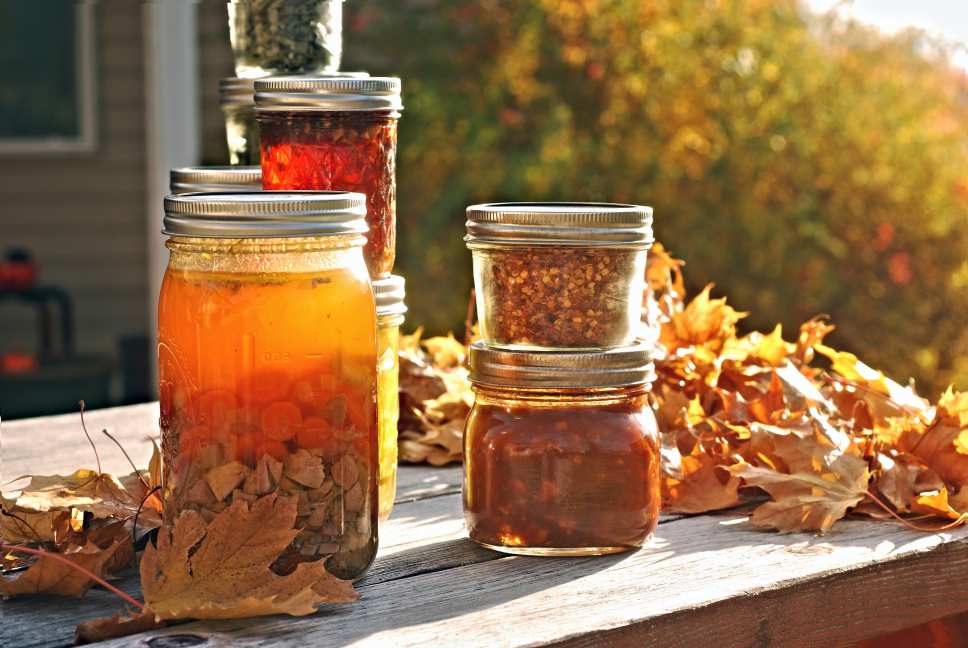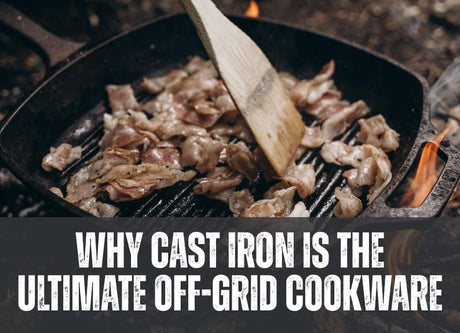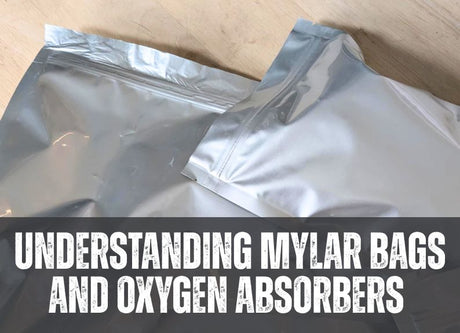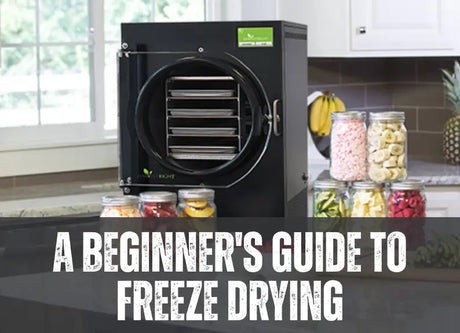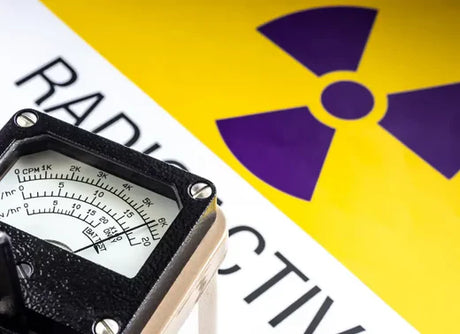If supply lines ran out, would you have enough food to survive?
Something we don’t often think about in our day-to-day lives is the way that fresh produce is made available to us in non-food growing seasons. In the last few decades we’ve seen luxury foods like citrus become commonplace in grocery stores, but we rarely consider how we would get our necessary nutrients without the global trade economy. This is why one of the essential skills for a prepper or anyone interested in homesteading is food preservation and storage.
There are many ways to store food, and these methods will determine the amount of shelf-life each product has. Whether it’s storing food from your garden for the long Saskatchewan winter, or creating a food store for emergencies and bugging out, food preservation can keep you and your family fed. In this blog, we’re going to talk about some methods of food preservation that you can incorporate into your skillset today.
Canning — the homesteader’s choice.

This is a process you might have some knowledge about if you’ve ever bought a jar of jam or reached into the fridge for a late night pickle. Canning is a tried and true method for preserving harvested fruit and vegetables in a variety of forms.
The bonuns of canning is that there is no shortage of supplies both new and used! All of the materials used in canning, aside from the lids, can be used again and again, making this a very economic food preservation option.
The downsides to canning.
-
Shelf Life
Canning is great for the more immediate future. While in theory canned goods with intact seals are good indefinitely, quality, nutritional value, and taste can all degrade with time. The guidelines on canned food suggest the best time frame to eat canned food stored in ideal conditions is 12-18 months. You should also ensure it is stored somewhere dark, dry, and cool (50°F and 70°F or 10 to 21 C).
-
Weight
If you need to get out fast or are heading out for a long hike, you can’t bring several glass jars of peaches with you! Canning is really a method best used for homesteading practices and preserving your garden’s harvest.
-
Labour
Canning is a pretty labour intensive process which requires a lot of time. This is a plan ahead kind of job that should include the whole family!
Preserving food with dehydration –– learn about this ancient method.

In all civilizations around the world, dehydrating food is one of the oldest methods for preserving food indefinitely. This process eliminates the moisture from foods which inhibits the growth of microorganisms.
The benefits of dehydrated food:
- Preserves all of the nutrients indefinitely
- Flavour stays consistent for decades
- Lightweight
- Can store more food in less space
While dehydrated food is incredibly ancient, the methods for preserving food in the 21st century are incredibly modern. Whether you are making your own food for a backcountry excursion, stocking up for emergencies, or looking for a fast and efficient way of storing food and reducing waste, dehydration may be the method for you.
A simple guide to dehydrating food
1. Start with quality ingredients.
Whether you get these from the store, garden, or both, the quality of the food you choose will determine the level of nourishment you receive in the long run. Cut food in strips to make it easy to pack, eat, and faster to dehydrate.
2. Invest in a high quality dehydrator.
There are a number of options available on the market. Choose the one that will be best for your needs. We recommend a vacuum sealer to ensure your goods will stand the test of time.
3. Buy high quality storage bags.
Mylar is an incredibly tough material that will stand up to everything you put it through. It eliminates the need for dishes, as most food can be prepared directly in the bag. We stock mylar bags in multiple sizes to get you the biggest bang for your buck. 
Food preservation is your key to survival.
Knowing how to preserve and store food is a critical part of being a successful prepper. While the movies might portray someone breaking into a grocery store or gas station when shit hits the fan, it is not a viable survival tactic. Learning how to use every bit of food you buy and grow is the beginning of living smart. If you are looking to become more self reliant, go off the grid, or make an emergency survival kit, we suggest investing in some food preservation products and utilizing them as part of you and your family’s routine.
If preserving food isn’t for you, we have pre-packaged meals ready to go!
If you’re heading on a backcountry trip or stocking for an emergency, check out our favourite, lightweight freeze-dried food. Take your favourite meal with you. These pre-packaged meals just need boiling water and can be prepared and eaten directly in the bag by simply adding water. Take an all in one stove and all your favourite meals and you’ll be ready to go.

